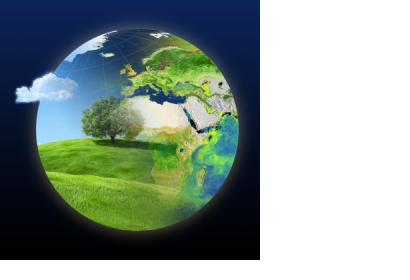This March marks an important milestone in the Earth observation calendar. Scientists from all over Europe will be gathering in Graz, Austria, to scrutinise three innovative satellite concepts. One will then be chosen as ESA’s seventh Earth Explorer.
Using breakthrough technology, the series of Earth Explorer satellites is designed to advance science by exploring different aspects of Earth. Together, these missions are improving our understanding of the complex interactions between Earth’s different components and how human activity is affecting natural processes.
The three candidates address gaps in our scientific knowledge of a number of dynamic, complex and interdependent Earth-system processes:
- Biomass aims to improve estimates of carbon stocks and fluxes through measurements of forest biomass and how they change over time. These data will help to reduce the uncertainty in the distribution and dynamics of forests, thereby helping to improve present assessments and future projections of the carbon cycle.
- CoReH2O aims to fill the gaps in current information on snow, glaciers and surface water. The objective is to improve the modelling and prediction of water balance and streamflow for snow-covered and glacierised basins, the modelling of water and energy cycles at high latitudes, and the forecasting of water supply from snow cover and glaciers, including the relation to climate change and variability.
- PREMIER aims to advance our understanding of the processes that link trace gases, radiation and chemistry in the upper troposphere and lower stratosphere. The radiative effects of water and clouds are at a maximum in this region. It is also a region characterised by small-scale processes that have not been studied by previous missions.
The User Consultation Meeting will be held on 5–6 March 2013 in Graz, Austria. Registration for the meeting can be made via the User Consultation Meeting website.

